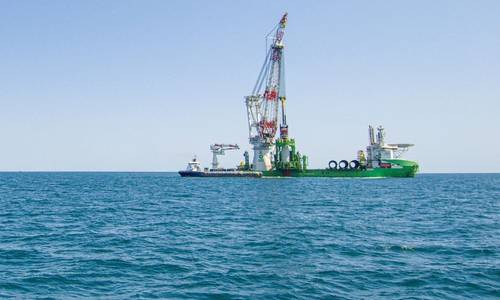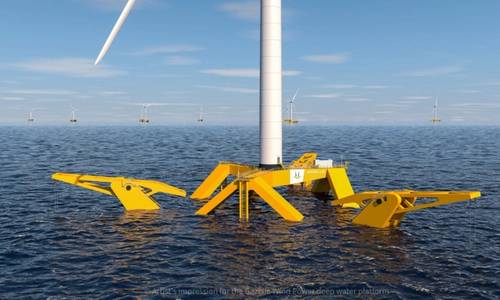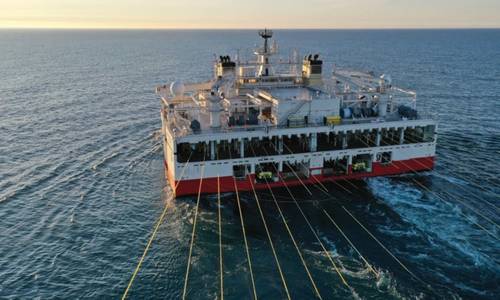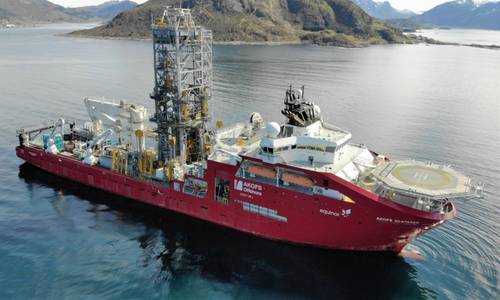Beating the Heat: R.W. Fernstrum & Company Turns 75
Greg Trauthwein
November 7, 2024
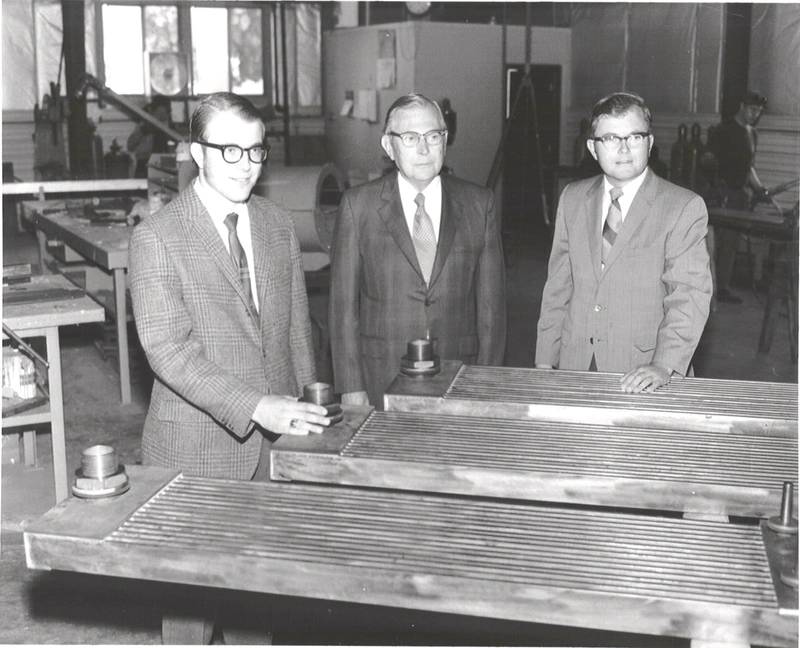
R.W. Fernstrum & Company, founded by Robert W. Fernstrum 75 years ago, is a quintessential U.S. manufacturing story. The company was born in the aftermath of WWII, founded on an invention developed during the war by Robert Fernstrum to help solve an engine overheating problem that was plaguing U.S. Navy landing craft. Family owned and operated from day one, today the company includes a fourth generation of family that aims to continue the legacy of its founder, a legacy built on effective, efficient heat exchange.
Diversify, diversify, diversify … always, is the way that Sean Fernstrum summarized the challenge of running an efficient business to and through the many up and down cycles common in the maritime market. “You have to be in different markets. You try to ride an even line (with diversification).”
Paul Fernstrum, the son of the company's founder and Sean’s father, will celebrate his 60th anniversary with the company and his retirement in 2025. In those six decades he has seen more than his fair share of ups and downs in the maritime market, but in his mind, there was no deeper trough than 1981.
“1981 … that's when the marine industry died in this country,” said Paul. “Some called it a recession; I called it a depression. In January 1981 we had six months of work [backlog], 45 employees, a second shift and our shop was humming. By the end of January, I had two weeks of backlog because of all the cancellations, and I had material coming in and no orders for it. We had to lay off many employees, and by the end of 1981, while we finally broke even, we were down to 13 employees. Our mantra then was ‘Stay alive for ’85!”
Survive it did, and Paul said 1981 was a key pivot point for the company as – out of necessity – it started accepting unique, one-off design and manufacture projects. “I’d go to talk to the machine shop to see if I could beg them to build it, and they would machine it because they were hungry too. We started doing one-of-a-kind products, and today, we can build one-of-a-kinds and make money.”
Today that diversity in product and application – the ability to design and build one-offs – is the mantra for R.W. Fernstrum & Company employees. R.W. Fernstrum’s Gridcooler Keel Coolers are a standard bearer in the maritime and offshore energy business, but the applications to diffuse heat are many, and the company has a treasure trove of unique applications.
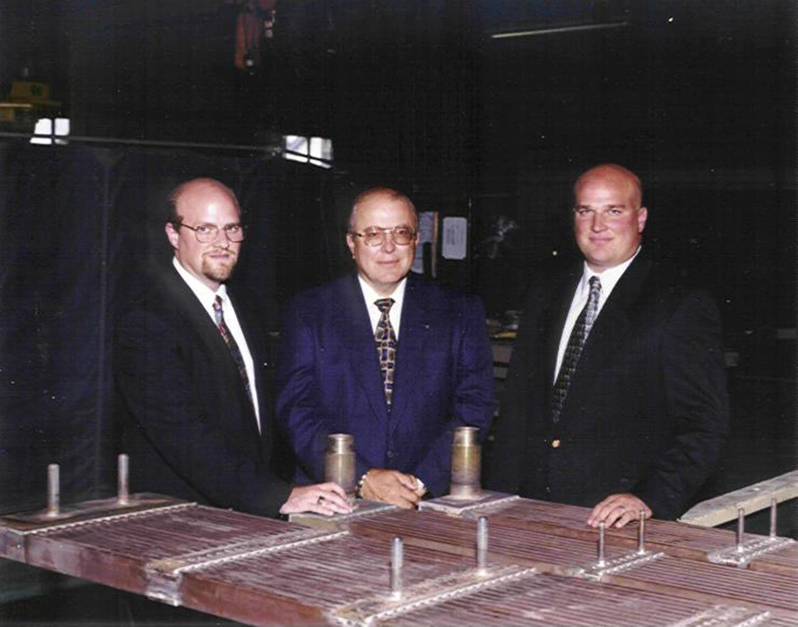 25 year ago when Fernstrum celebrated its 50th anniversary: L to R: Paul Fernstrum, Sean Fernstrum, Todd Fernstrum.
25 year ago when Fernstrum celebrated its 50th anniversary: L to R: Paul Fernstrum, Sean Fernstrum, Todd Fernstrum.
Image courtesy R.W. Fernstrum & Company
One was when it received a call in the mid-1970s from Howard Hughes’ Hughes Corporation for a cooling problem it was having with electronics on the Glomar Explorer, a ship that was touted publicly as a seabed mining ship, but in reality it was involved in a secret government project to raise a sunken Russian submarine. Today, unique applications for R.W. Fernstrum heat diffusions solutions can be found everywhere, including:
- On emerging generation of wave energy devices.
- On experimental subsea computer server farms, placed on the seabed to manage cooling costs.
- On tsunami early warning buoys across the Pacific Ocean.
- In the space programs, on the self-propelled barge that moves the solid rocket boosters from Alabama to Cape Canaveral, and on the tugs that retrieve those boosters in the Indian Ocean.
- On electric boat designs to keep large banks of batteries cool.
“We’re in a lot of different projects with a lot of different organizations … things you'd never imagine that we would have anything to do with,” said Sean.
Looking Back
When he reflects on his 60 years with the company and the inclusion of his two sons, Sean and Todd; and his grandchildren, Rachel and Jeremy in the business today, Paul laughs as he said “I never thought I'd be in the company! There was a company in lower Michigan [that offered me a] starting wage of $1,400 a month. I mentioned that to my father, and he said, ‘I thought you were going to come and work for us.’
While going away sounded exciting, Paul said his decision to stay and join the family business was the right call. “I made the right choice,” said Paul, even though his starting offer was $700/month, half of what the other company was offering.
Paul became the third employee in the company, and as is the case in small companies, he wore many hats: from janitor to secretary to draftsman, as well as being the company ‘gopher.’ “When anybody needed something, I had to go for it,” Paul said.
Understanding a company’s history, particularly when it is a tightly held family run company, is often a good window into its future.
In the case of R.W. Fernstrum that would entail engineering acumen and a dogged pursuit of new opportunities.
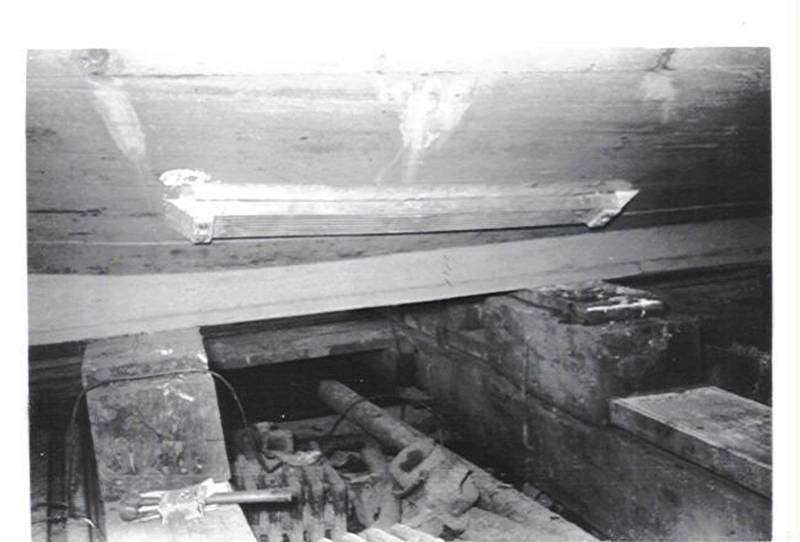 Keel coolers on an early test boat (above) and the crew of an early test boat (below). All images courtesy R.W. Fernstrum & Company
Keel coolers on an early test boat (above) and the crew of an early test boat (below). All images courtesy R.W. Fernstrum & Company
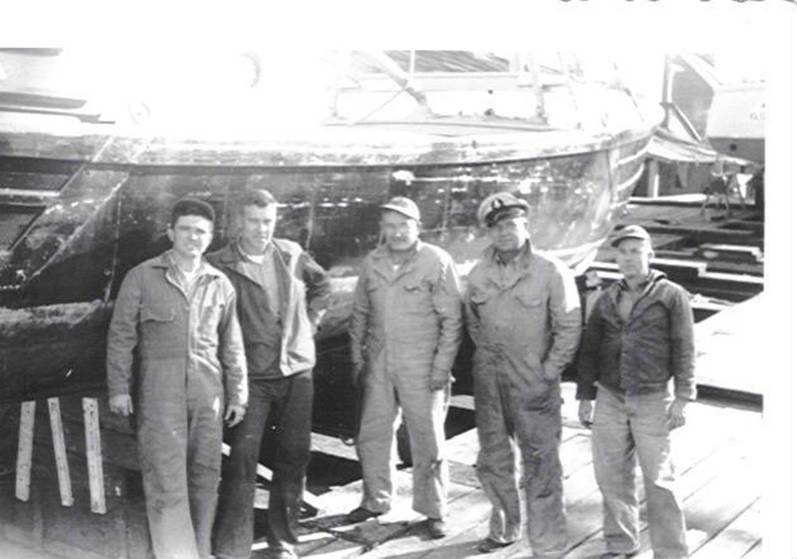 All images courtesy R.W. Fernstrum & Company
All images courtesy R.W. Fernstrum & Company
“My father Robert Fernstrum started the business in 1949 when he moved back to his home town of Menominee, Mich., and started selling Gridcooler Keel Coolers,” said Paul. “The origins of our product lines have been a foundation for our success.” The Gridcooler Keel Cooler was developed to solve a cooling problem for landing craft during WWII. “My grandfather was the chief engineer at Gray Marine and Continental Motors during the war," said Sean. "Gray Marine built landing craft and needed to devise a compact closed-circuit cooling system to meet the needs of a wide range of operating conditions. Existing cooling systems were far too large for landing craft, so Robert developed a solution on his own. His compact keel cooler was the prototype for what would become our Gridcooler Keel Cooler line.”
As with any invention, the path to success is rarely straight nor short, and the pressure from the Navy to develop a suitable landing craft cooling solution was starting to frustrate the young engineer.
“My father was feeling pressure from the Navy with the landing craft problem. They needed a hull type heat exchanger, and the only thing that was available was round tube with slip joints; the Navy didn't want that,” said Paul. “So he's in the pump shop on a Saturday and he has this tube in his hand and a mallet, and out of utter frustration he starts pounding on this tube and it becomes oval. I think I could even feel today the light bulb going off – that “Eureka” moment – as he found a way to have more tubes in a confined space.”
“That first model was 8 tubes wide and 54 inches long from nozzle to nozzle; it was very small on landing craft. It proved to be a very sturdy type heat exchanger and the Navy liked it, so they ordered many units for landing craft, and eventually extended the size and types of vessels,” said Paul.
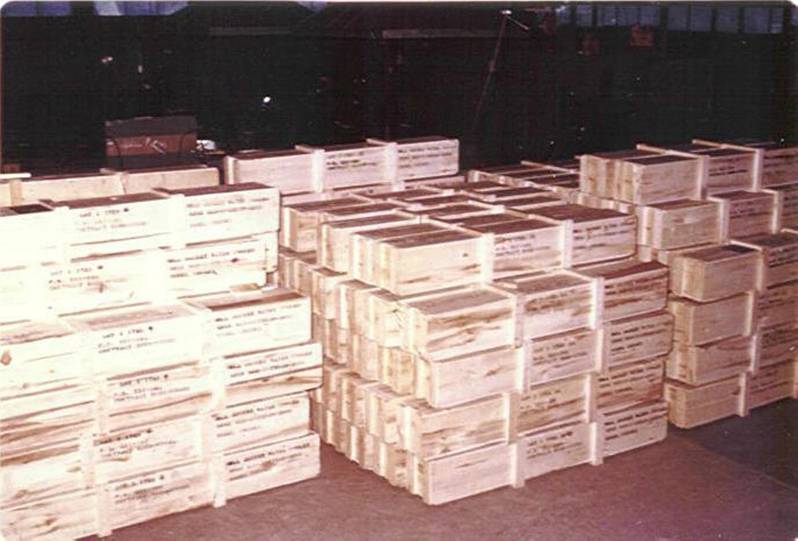 Boxed coolers for Navy, 1954. Photo courtesy R.W. Fernstrum & Company
Boxed coolers for Navy, 1954. Photo courtesy R.W. Fernstrum & Company
Investing in the Future
Central to its future is continued investment in the company: facilities, equipment, products and people, “but not necessarily in that order,” Sean said. “The investment in facilities and equipment are obvious, the investment in product and people perhaps not so obvious.
”This investment has manifested itself also in a broadening of the traditional Gridcooler Keel Cooler line to include, among others, the WEKA Boxcooler, which was a development of Cees de Kwant in the Netherlands.
That early relationship with WEKA, in fact, was an impetus to modernize its manufacturing. “Sean and Todd brought us out of the dark ages with the manufacturing,” said Paul.
Todd Fernstrum studied electromechanical engineering at Michigan Tech, and initially he didn’t realize that his future would be with the family business. An avid hunter, skier and snowmobiler, he knew he did not want to relocate south, and his summers during college were spent making money working in production at the family business.
“Over time, I learned a lot about the processes, and I found my niche in the production area and R&D, using some of skills from my electromechanical side to develop some process controls in the shop. This included changing a lot of the processes, bringing in CNC machining and fabrication.”
The impetus for this change came in 2001 “when we partnered with WEKA to start producing box coolers here for the Americas,” said Todd. “At that point, we didn't have any in-house machining, and we were looking at having that done outside.” Todd led the charge to bring in that first CNC mill, which at the time appeared well suited for future growth. “But things just keep getting bigger and bigger” and the heat loads grew, too, so it added another machine last year, and is eyeing additional production equipment to make the processes even more efficient and effective.
“In the last few years, about $3 million of new equipment has hit the floor,” said Todd, “but we're already at the point where we're starting to think about upgrading and replacing some of these machines to help increase capacity.”
 Making coolers in 1953. Photo courtesy R.W. Fernstrum
Making coolers in 1953. Photo courtesy R.W. Fernstrum
A Tier Change
A big driver for its business is regulation. According to Sean’s son Jeremy Fernstrum, the continued move toward emissions reduction across the maritime world has put engine cooling solutions front and center, as cooling is essential in the process to pull out particulate matter and help cut back on greenhouse gasses. “For us, we are seeing less water but we have to reject more heat … a real double whammy,” Sean chimed in.
When comparing comparable engines built in the 1990s versus today, that same engine will require significantly more heat exchange, essentially resulting in bigger cooling units. “This is an area of change for use where we are investing in the product to innovate so that we are still cost effective,” said Sean. As the coolers are getting larger, one option is to stack them. Two decades ago the company only did a few ‘stacked’ units per year, today it seems like every order is going to the stack tube to get them to fit on the vessel.
But those stacks can only get so big before inefficiencies start to creep in, which led R.W. Fernstrum to innovate – again – with the introduction of its larger tubing.
“The engine manufacturers have had to increase the temperature that they're running their engines because they have to burn that carbon out of their emissions,” said Jeremy. “As a result, we're seeing a lot more heat; we're seeing some lower flow rates from some of these engines. That drove us towards to our new tube size, the E-size tubing, a higher capacity tube."
Whether the cooling challenge is WWII landing craft, an EPA Tier 4 [and beyond] engine, or stacks of battery banks on an electric vessel, Sean Fernstrum keeps his company focused on the mission at hand:
“Our strength is heat exchange. Whether it’s cooling or heating, it is heat exchange. That’s our core strength. We’re serving that with a number of different product lines now, and we can bring those together and provide a packaged solution.”
- Watch the full "Maritime Matters: The MarineLink Podcast" episode on R.W. Fernstrum here:

